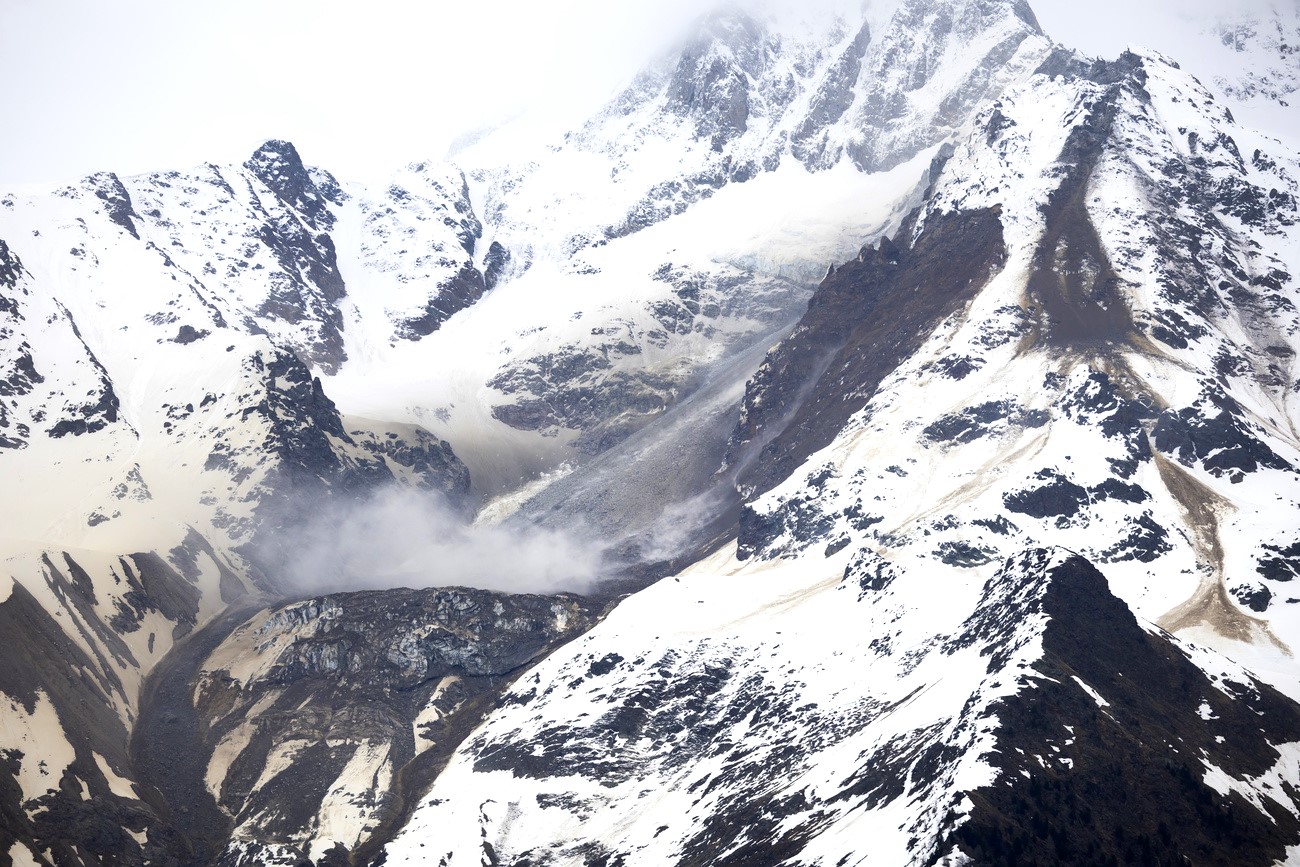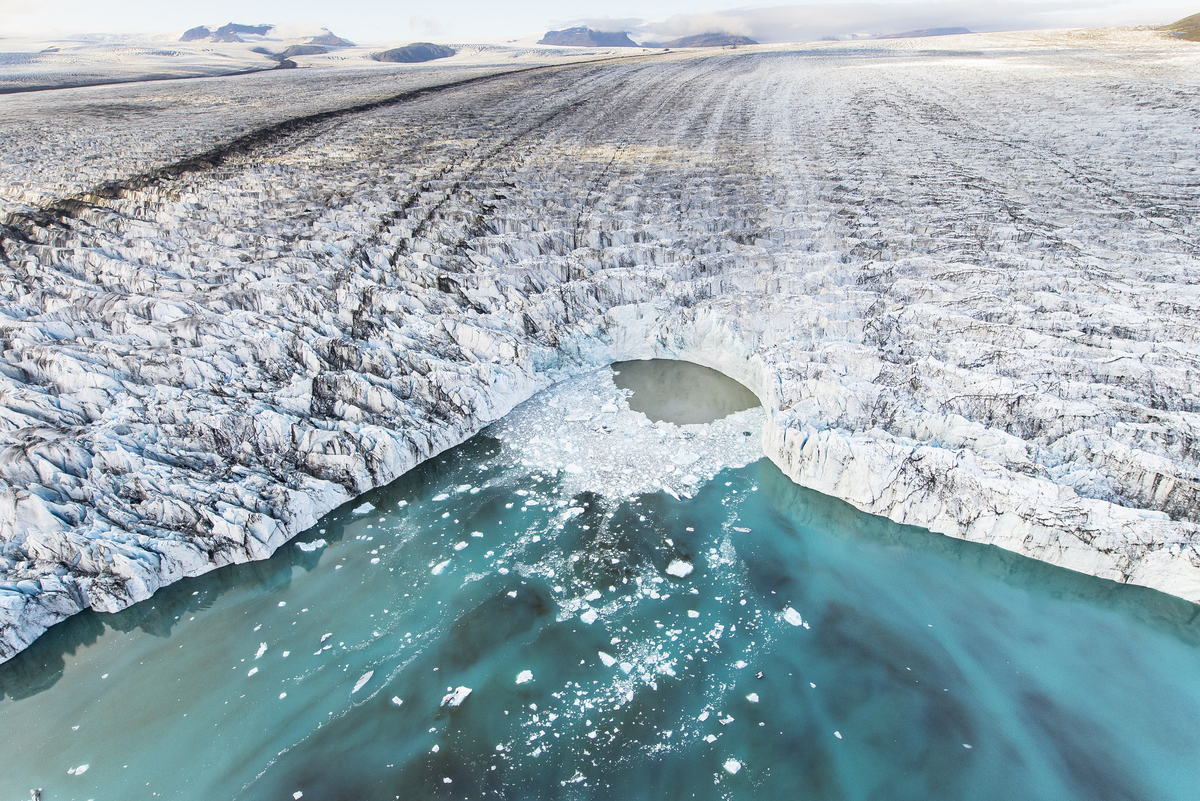WWF Switzerland fights for Europe’s rare species

Environmental campaigners in Switzerland have accused the authorities of dragging their feet over efforts to protect Europe's endangered species.
WWF Switzerland says the country is lagging behind its neighbours in its obligations to the international Bern Convention for the conservation of biodiversity.
To prevent Switzerland becoming an “island of inactivity”, WWF has identified 108 sites it wants designated areas of special conservation interest.
If approved by the authorities, these areas will form part of the Emerald Network – the counterpart to Natura 2000 in European Union member states. Protected sites are envisaged from Turkey to Iceland and from Ukraine to Morocco.
Pan-European project
Some 148 birds, plants and animals, found in Switzerland, are listed as endangered in Europe.
“Generally, national conservation policies are designed to protect what is rare in your own country,” WWF Switzerland project leader, Walter Vetterli, told swissinfo. “The special approach of Emerald is to consider what is rare in Europe.”
In the past century, 384 bird species have been recorded in Switzerland. About 190 of them breed regularly and some 30 per cent of these breeding species are endangered.
“It’s not so important if the Bee-eater becomes extinct here because it breeds in large numbers in the Mediterranean region,” added Werner Müller, director of Birdlife Switzerland, which is coordinating its strategy with the Emerald Network.
“It’s far more important for Europe that we think about the Red Kite, which is actually increasing in numbers in Switzerland.”
Filling the gap
The selected sites cover an area of 1,475 km square or 3.6 per cent of Switzerland.
“It is crucial for nature conservation because we have a responsibility in Europe to conserve what is important for the whole continent and secondly it is very important to create the network because Switzerland is behind in this task,” said Vetterli.
“The countries surrounding us are already implementing their own network and we are doing nothing.”
However, this view is disputed by Erich Kohli, head of section for the protection of species and biotopes at the Swiss Environment Agency.
“Switzerland is not behind because we have another programme for objects of national importance,” he told swissinfo.
“Our checks show that about two-thirds of these Emerald objects are covered by those national objects. These surfaces are under very strict protection at the national level and are also protected by the cantons in Switzerland so as much surface is protected here as in other European countries.
“It is true that there are some gaps but we will try to fill them within the next four to five years.”
Test case
On a recent excursion to Niederried-Oltigenmatt, about 20 kilometres west of Bern on the River Aare, WWF Switzerland presented one of their candidate sites.
Eight Emerald species are found here including yellow lady’s slipper, the Swedish dragonfly, the freshwater white-clawed crayfish and the yellow-bellied toad.
Part of the site has been protected since 1966 but environmentalists also want the adjacent agricultural and forest zones to be managed in a way that will help the conservation of species.
Andreas Weissen, head of the Alpine programme of WWF Switzerland, told swissinfo that pressure from agriculture was the prime cause of species destruction in Switzerland.
“As a result of mowing the meadows four or five times a year, we no longer have flowers and if you don’t have flowers, you don’t have insects or butterflies. That’s why no other industrial countries has so many endangered species as Switzerland.
“We may be strong in recycling but we’re a developing country when it comes to nature protection.”
Weissen cited the example of the blue long-horned beetle, Rosalia alpina, which develops in the dead wood of deciduous trees like beech.
Although beech is very common in Switzerland, the tendency to cut down and remove dead trees has virtually destroyed the beetle’s habitat.
Long road ahead
The development of the Emerald Network involves the designation at national level of Areas of Special Conservation Interest.
WWF and its partners hope that the authorities at communal, cantonal and federal level will now examine the candidate areas, define their boundaries and elaborate management plans that will guarantee the survival of the animals and plants.
The government can then submit an initial list of sites to the Standing Committee of the Bern Convention in Strasbourg, France.
swissinfo, Vincent Landon
The Emerald network hopes to protect rare European species and habitats.
In the 15 EU member states, the counterpart scheme is Natura 2000.
WWF Switzerland identifies 108 candidate sites.
Reserves planned from Turkey to Iceland and from Ukraine to Morocco.

In compliance with the JTI standards
More: SWI swissinfo.ch certified by the Journalism Trust Initiative










You can find an overview of ongoing debates with our journalists here . Please join us!
If you want to start a conversation about a topic raised in this article or want to report factual errors, email us at english@swissinfo.ch.